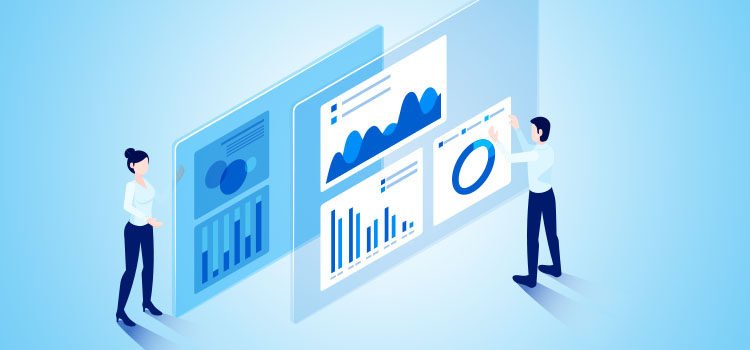
|
Getting your Trinity Audio player ready...
|
Those who got used to buying media online in the old ways were surprised when they discovered programmatic media. This is because, in the past, to advertise on the internet, it was necessary to purchase manually, which took a lot of time.
So, if you wanted to place banners on several portals, for example, you would have to consult each one and make the purchase separately.
A programmatic media emerged precisely to solve this problem, not only at the time of purchase, but also in the management of information and investments.
In this post we will talk more about what it is programmatic media and how to implement this very important tool.
What is programmatic media?
A programmatic media is the process of buying media through platforms, without the need for intermediation from each advertiser.
By using these platforms, you have advanced tools at your fingertips that help optimize campaigns and, therefore, improve results.
A programmatic media It is, therefore, a way to seek more efficiency and precision, focusing on the quality of delivery.
How it works in practice
The payment method in programmatic media is different. Carried out through auctions, buying and selling is done through platforms, where the publisher insert your inventory (space available for sale).
Thus, the client makes the consultation and closing on the platform, automating processes and optimizing their resources. To better understand, it is important to be aware of the acronyms used in programmatic media:
DSP – Demand Side Platform
DSP are the platforms used for media buying. Through them, the advertiser can make purchases in real time.
DMP – Data Management Platform
DMP are the user monitoring platforms. Through cookies, DMPs are responsible for delivering according to the segmentation determined by the customer.
SSP – Supply Side Platform/Sell Side Platform
Sales of available inventory are carried out through SSP.
Ad Exchange
Ad exchanges bring together the inventories made available by publishers interested in marketing their advertising spaces. As a type of marketplace, ad exchanges are a type of advertising exchange, where auctions take place in real time.
The acquisition of programmatic media can be done using different formats, such as CPV (Cost Per View), CPC (Cost Per Click), CPM (Cost Per Thousand Impressions), CPL (Cost Per Lead), CPA (Cost Per Acquisition) and CPD (Cost Per Download) .
Main advantages of programmatic media
Ease and Relevance: The programmatic media It immediately brought ease in purchasing spaces, but also relevance, since it mainly buys an audience. This optimizes the time of marketing teams, with the creation of more assertive campaigns.
Segmentation and Result: A big difference is segmentation, which allows you to create different ads for each target audience, using more personalized campaigns. This also increases the return on investment (ROI), as the programmatic media it becomes a much more efficient tool.
Monitoring and Learning: Greater data precision, with information on views, clicks and lead volumes, also allows for greater precision in measurement. Thus, it allows greater flexibility in adjustments, greater redirection in actions and also better results.
How to implement
To implement the programmatic media In your company, you need to understand how it works and strategies, plan your campaigns and choose a partner to manage them.
As explained above, the client will use a DSP and a DMP, being able to extract the necessary information to create their strategies. Here, we have the analysis of big data, which allows us to segment information.
Within the DSP, the campaign manager will create the necessary strategies, which include:
- Content strategy: related bids when a page has content related to the advertiser's category;
- Third Party Data: campaigns segmented by demographic information, interests and purchase intention;
- Retargeting: remarketing strategies allow you to capture users who left a shopping cart, for example;
- Whitelists: configuration of a list of websites, with the aim of segmenting the campaign;
- Data Onboarding: You can upload a list of contacts, finding them online and segmenting your campaigns.
Planning is directly linked to choice of partner. He must be able to extract the best from the platforms, so that the hiring company will have the best possible results in their advertising campaigns. programmatic media.

Marcel Castilho is a specialist in digital marketing, neuromarketing, neuroscience, mindfulness and positive psychology. In addition to being an advertiser, he also has a Master's degree in Neurolinguistic Programming. He is the founder and owner of Vero Comunicação and also the digital agency Vero Contents.




Comments are closed.